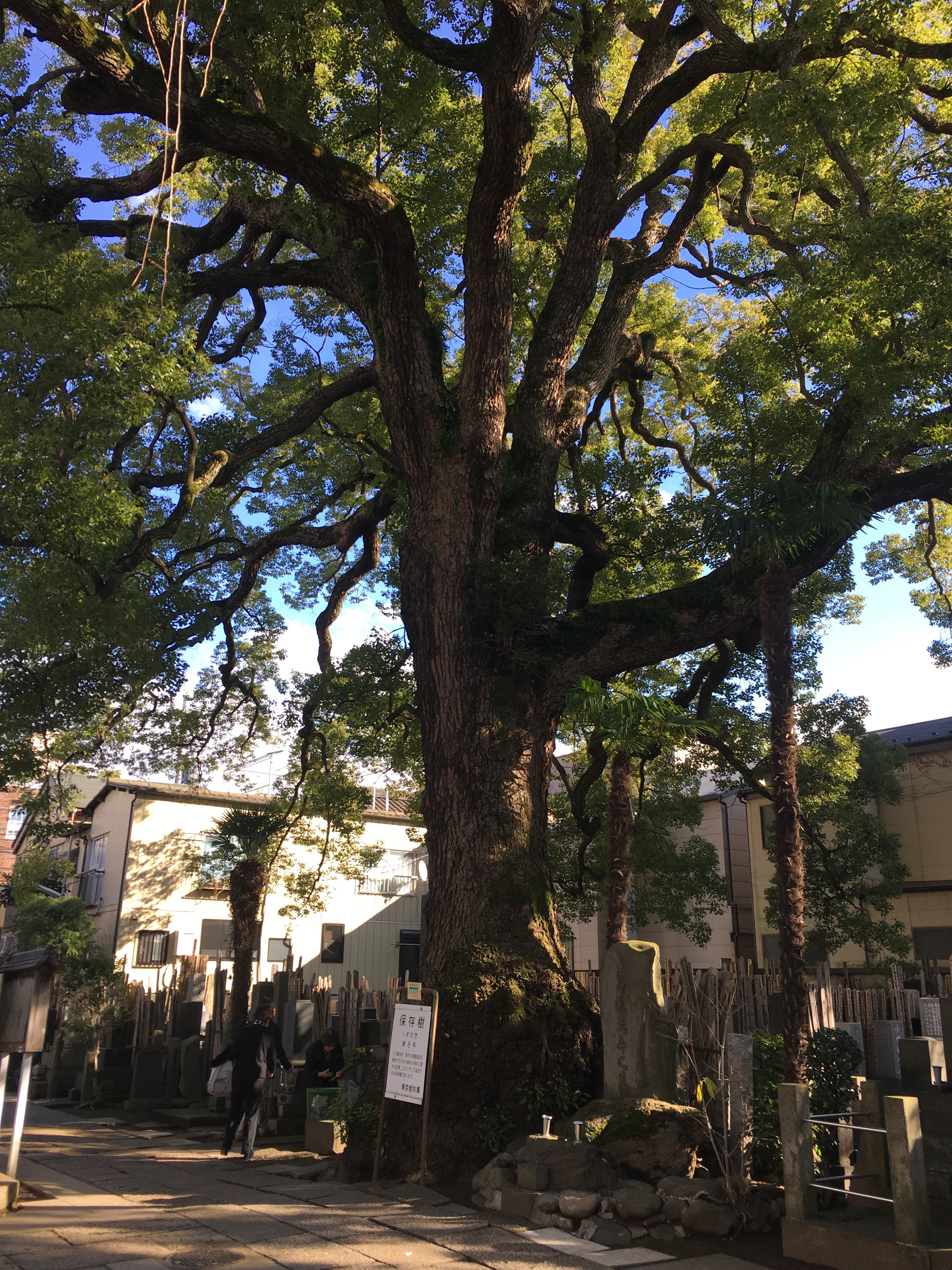Takahashi Deishū on:
[Wikipedia]
[Google]
[Amazon]
 was a Japanese samurai, calligrapher, and author. His imina was , and he is also known to have used the pseudonyms and .
was a Japanese samurai, calligrapher, and author. His imina was , and he is also known to have used the pseudonyms and .
 was a Japanese samurai, calligrapher, and author. His imina was , and he is also known to have used the pseudonyms and .
was a Japanese samurai, calligrapher, and author. His imina was , and he is also known to have used the pseudonyms and .
Biography
Born in Edo, Japan, as the second son of the hatamoto . He succeeded to his mother's side and was adopted by . The Yamaoka family, into which he was born, was well known for the of spearmanship, and he trained under his elder brother , who was regarded as a great master in the use of the spear. In 1855, Seizan died of illness at the age of 26, and Ono Tetsutarō, a student of his, married into the Yamaoka family. Taking the family name, Ono became Yamaoka Tesshū. In 1856, Deishū became an instructor of spearmanship at theKōbusho
The ''Kōbusho'' 講武所 (a.k.a. ''Rikugunsho'') was a Japanese military academy. It was set up in the final decades of the Edo period in response to Japan's experience of Western military power, and taught Western battlefield tactics such as ar ...
. Later, in 1862, he accompanied Hitotsubashi Yoshinobu
Prince was the 15th and last ''shōgun'' of the Tokugawa shogunate of Japan. He was part of a movement which aimed to reform the aging shogunate, but was ultimately unsuccessful. He resigned of his position as shogun in late 1867, while aiming ...
to Edo
Edo ( ja, , , "bay-entrance" or "estuary"), also romanized as Jedo, Yedo or Yeddo, is the former name of Tokyo.
Edo, formerly a ''jōkamachi'' (castle town) centered on Edo Castle located in Musashi Province, became the ''de facto'' capital of ...
.
In 1866, he was assigned to head the newly established commando unit. At the outbreak of the Boshin War
The , sometimes known as the Japanese Revolution or Japanese Civil War, was a civil war in Japan fought from 1868 to 1869 between forces of the ruling Tokugawa shogunate and a clique seeking to seize political power in the name of the Imperi ...
in 1868, Deishū fought in the Battle of Toba–Fushimi
The occurred between pro-Imperial and Tokugawa shogunate forces during the Boshin War in Japan. The battle started on 27 January 1868 (or fourth year of Keiō, first month, 3rd day, according to the lunar calendar), when the forces of the shog ...
. After the defeat of the Shogunal forces there, he returned to Edo where he attempted to rally for loyalty to Yoshinobu. On March 5 of that year, Deishū was part of the guard regiment that accompanied Yoshinobu's retreat from Edo Castle
is a flatland castle that was built in 1457 by Ōta Dōkan in Edo, Toshima District, Musashi Province. In modern times it is part of the Tokyo Imperial Palace in Chiyoda, Tokyo and is therefore also known as .
Tokugawa Ieyasu established the ...
to the Kan'ei-ji in Ueno. On May 3, in the aftermath of the Fall of Edo, he remained alongside Yoshinobu during the latter's move to the Mito Domain.
After the conclusion of the war, Yoshinobu chose Deishū as his emissary to Saigō Takamori for the negotiation of the disposal of the Tokugawa family due to his resolute character. However, Deishū recommended that his brother-in-law, Yamaoka Tesshū, conduct the negotiations instead.
Later, when the Tokugawa family moved from Edo to Shizuoka
Shizuoka can refer to:
* Shizuoka Prefecture, a Japanese prefecture
* Shizuoka (city), the capital city of Shizuoka Prefecture
* Shizuoka Airport
* Shizuoka Domain, the name from 1868 to 1871 for Sunpu Domain, a predecessor of Shizuoka Prefecture
...
, he moved with them and temporarily took stewardship of Tanaka Castle
is a Japanese castle located in Fujieda, central Shizuoka Prefecture, Japan. At the end of the Edo period, Tanaka Castle was home to a branch of the Honda clan, ''daimyō'' of Tanaka Domain.
Background
Tanaka Castle is located on a hill in a m ...
, a Tokugawa property. After the abolition of the han system
The in the Empire of Japan and its replacement by a system of prefectures in 1871 was the culmination of the Meiji Restoration begun in 1868, the starting year of the Meiji period. Under the reform, all daimyos (, ''daimyō'', feudal lords) ...
, he resigned his post and settled into a secluded retirement in Tokyo. He spent the remainder of his life appraising calligraphy, paintings, and antiques.
He died at his home in 1903.
Bibliography
*References
{{DEFAULTSORT:Takahashi, Deishu 1835 births 1903 deaths Samurai Hatamoto People of the Boshin War Meiji Restoration 19th-century Japanese calligraphers Japanese Buddhists